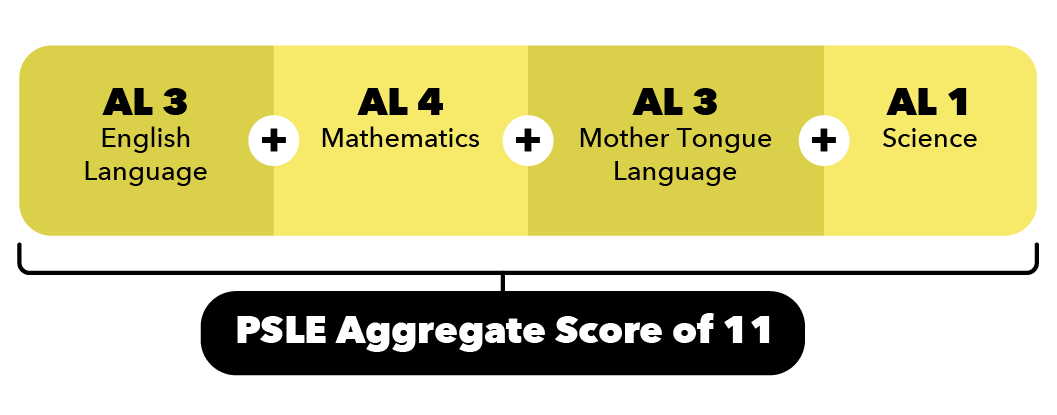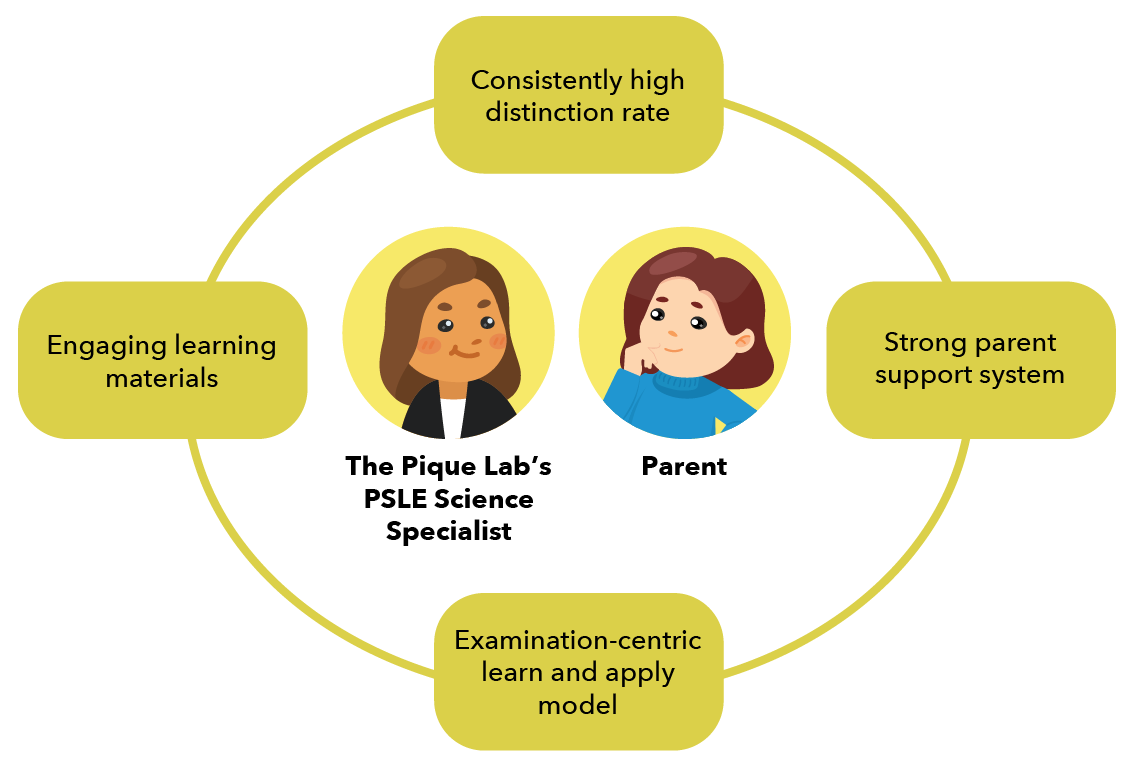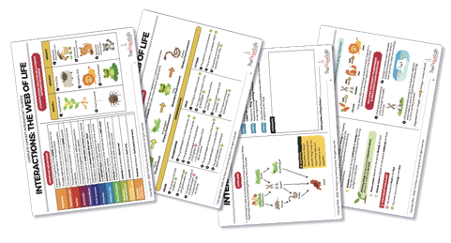Are you feeling overwhelmed by the Achievement Level (AL) PSLE scoring system?
If you have yet to wrap your head around the AL PSLE scoring system, let us help you out! By the end of this article, you will be able to gain a concise overview of the AL scoring system and understand how to guide your child through this important examination!
What is the AL scoring system and how do I calculate my child’s PSLE aggregate score?
In 2021, the AL scoring system was introduced by the Ministry of Education (MOE) to replace the PSLE T-score system. This changes how your child’s PSLE aggregate score is now calculated and presented from previous years.
Similar to the previous T-score system, the AL scoring system still measures your child’s proficiency in these four subjects:
- English Language
- Mother Tongue Language
- Mathematics
- Science
The AL scoring system has eight achievement levels, with AL 1 being the highest and AL 8 being the lowest. According to the table below, your child’s scores for each subject are matched to the different ALs:

Your child’s PSLE aggregate score will be the sum of ALs for the four subjects, which will fall between 4 to 32.

How to calculate a student’s aggregate PSLE score under the AL scoring PSLE system
🚀 Under the AL scoring system, less is more! The lower a student’s PSLE score, the better it is.
What is the main difference between the T-score and AL PSLE scoring systems?
The main difference between the two scoring systems is that the AL system measures how well a student is able to meet the learning objectives of the PSLE curriculum. On the other hand, the T-score system measures a student’s academic performance in relation to other students taking the same examination in the same cohort.
This means that under the AL scoring system, your child’s PSLE score is evaluated solely on his/her individual performance, instead of how his/her cohort fares. What this also means is that now more students will be awarded the same PSLE score, so the next question you may have is…
What happens if my child and another child have the same PSLE score and are applying for the last available vacancy in the same secondary school?
There are three tie-breakers that will be considered in such cases. These tie-breakers will be applied in this order: citizenship, school choice order, and computerised balloting.
🚀 You and your child will then need to rank the choices of your child’s secondary school wisely.
Here are some questions that you and your child can consider in the decision-making process:
- Does the school offer co-curricular activities that my child is interested in?
- How long would my child need to travel to and fro from the school every day?
- How can the school culture shape my child’s character and daily school experiences?
Are there any changes to the PSLE curriculum under the AL scoring system?
While your child’s PSLE aggregate score will look different from that of previous years, the content and format of the PSLE examination itself remain largely unchanged.
However, the PSLE Science Specialists from a premier primary Science enrichment centre The Pique Lab have noted that the number of application questions in Science examination papers is increasing over the years.
What this means for your child is that he/she cannot merely rely on rote memorisation and a surface understanding of PSLE Science concepts. He/she must be able to make meaningful connections between Science concepts across different topics to secure a high AL score for PSLE Science!
How can I help my child achieve his/her ideal AL score in PSLE?
To help your child acquire the essential thinking skills and conceptual knowledge to secure his/her ideal AL score, your child may need extra support depending on he/she is currently faring at his/her four subjects in school.
At The Pique Lab, we equip your child with the tools and confidence he/she needs to approach PSLE Science with confidence. These are our 4 pillars of success:
- Examination-centric learn and apply model
- Consistently high distinction rate
- Strong parent support system
- Engaging learning materials

How The Pique Lab equips your child to excel in PSLE Science
Examination-centric Learn & Apply Model
To tackle the increasing number of application questions surfacing in the PSLE Science examinations, we equip our students with our examination-centric learn and apply model, which is otherwise known as our proprietary Complete Concept Integration™ (CCI) methodology.
Whether your child attends our weekly classes or short-term workshops, he/she will be exposed to past-year questions from the get-go. Leaving examination question practice to the final leg of your child’s revision plan leaves your child with an extremely short runway to familiarise himself/herself with the format and style of the PSLE Science examination!
To build your child’s skills and confidence in their ability to answer Science questions effectively as early as possible, we build examination questions into every part of our curriculum and course coverage.
Engaging Learning Materials
If your child struggles to revise because he/she finds his/her revision materials too “wordy” and “boring”, you can have him/her learn with our colourful and concise topical Science notes!
To date, our visually-appealing yet effective Science notes have helped more than 20,000 students pick up useful answering structures, keywords/key phrases before their Science examinations… without losing their attention or interest!

In fact, before most of our students started their lessons with us, they had already been learning with our PSLE Science learning portal. Our free learning portal houses a wide variety of blog posts and PSLE Weekly Highlight videos where our PSLE Science Specialists simplify challenging past-year examination questions for students!
Consistently High Distinction Rate
Our 2022 distinction rate (AL1 – AL4) is 84.6%, up from 82.89% in 2021! Thanks to our close-knit team of knowledgeable and experienced PSLE Science Specialists, many of our students have been able to develop clear thought processes and pick up examination-centric skills from day 1.
Strong Parent Support System
Your child will rely heavily on you during his/her PSLE preparation journey, and this can be agonising if you don’t know how to guide him/her. At The Pique Lab, we equip not just our students, but our parents too!
Based on your child’s performance for his/her in-class exercises, homework and sporadic diagnostic assessments done during our regular classes, we will offer personalised feedback on how your child can improve – so that he/she can learn most effectively from us.
Boost your child’s PSLE Science score with The Pique Lab
We hope that you have gained a clearer understanding of the PSLE AL scoring system through this article.
Let’s be honest: the PSLE will be an emotionally and mentally challenging time for not just your child, but you as well. But we at The Pique Lab want to encourage you that with the right preparation and support, your child will be able to flourish in the PSLE and beyond!
